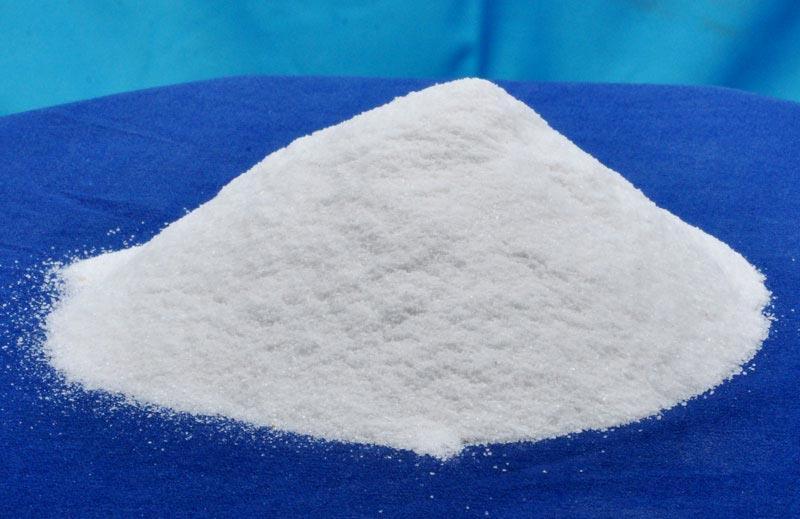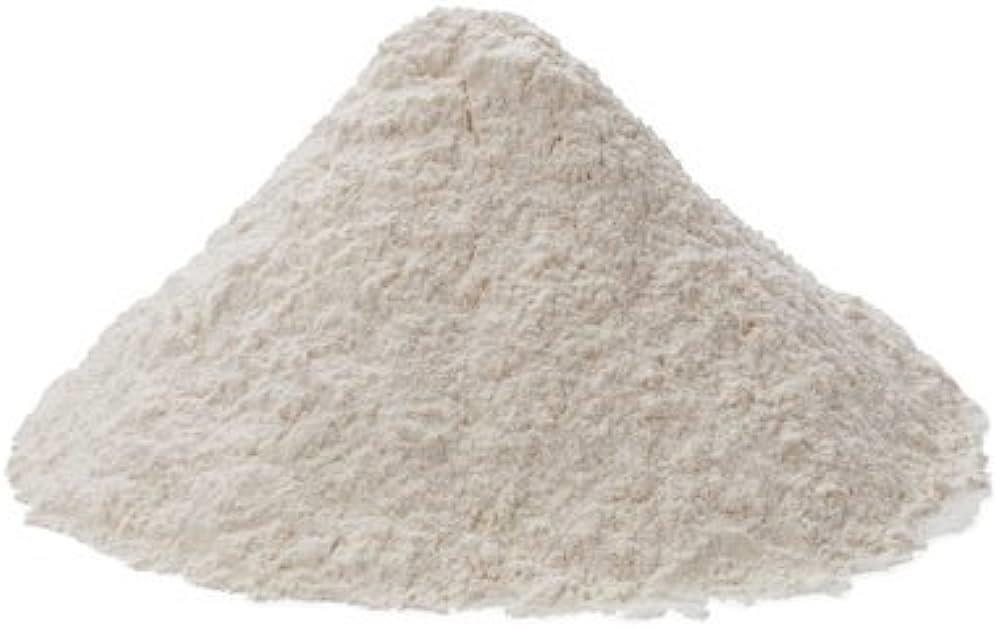Exploring
Quartz Powder and Kaolin Powder Applications and Uses

Quartz powder and kaolin powder are two essential materials with versatile applications across various industries. In this article, we will delve into the properties, applications, and uses of quartz powder and kaolin powder. From construction to cosmetics, these powders play a crucial role in different sectors. So, let's explore the wide range of applications and uses for both quartz powder and kaolin powder.
Quartz powder and kaolin powder are fine, white powders that find applications in various industrial sectors. They are known for their unique properties and versatility in different manufacturing processes. Let's take a closer look at each of these powders and their applications.
What is Quartz Powder?
Quartz powder is derived from quartz, a mineral composed of silicon and oxygen. It is obtained by crushing and grinding quartz rocks into a fine powder. The powder has a crystalline structure and exhibits excellent hardness and heat resistance.
Properties of Quartz Powder
High hardness and abrasion resistance
Excellent thermal stability
Low electrical conductivity
Transparency to infrared and ultraviolet light
Resistance to chemical corrosion
Applications of Quartz Powder
- Construction Industry
Quartz powder is widely used in the construction industry for various purposes, including:
Production of concrete and mortar
Manufacturing of artificial stone and bricks
Surface coating for buildings and structures
- Electronics Industry
The electronics industry utilizes quartz powder in:
Production of semiconductors and integrated circuits
Manufacturing of quartz crystal resonators and oscillators
Creation of piezoelectric devices for precise timekeeping
- Glass Industry
Quartz powder is an essential ingredient in the glass manufacturing process. It provides:
High transparency and clarity to glass products
Thermal shock resistance
Increased durability and strength
- Ceramics Industry
In the ceramics industry, quartz powder is used for:
Production of ceramic tiles, sanitary ware, and tableware
Glazing and decorating ceramics
Enhancing the strength and stability of ceramic products
- Paints and Coatings Industry
Quartz powder is incorporated into paints and coatings to:
Improve scratch resistance
Enhance weathering and UV resistance
Provide a smooth and glossy finish
What is Kaolin Powder?
Kaolin powder, also known as China clay, is a soft white powder derived from the mineral kaolinite. It is obtained by mining and processing kaolin rocks. The powder has excellent plasticity, high whiteness, and fine particle size distribution.

Properties of Kaolin Powder
Low abrasiveness
High plasticity and binding properties
Excellent thermal stability
Good electrical insulation
Chemical inertness
Applications of Kaolin Powder
- Paper Industry
Kaolin powder is widely used in the paper industry for:
Coating and filling paper to improve printability
Enhancing opacity and brightness of paper
Controlling ink penetration
- Cosmetics Industry
In the cosmetics industry, kaolin powder is utilized for:
Absorbing excess oil and sebum from the skin
Creating facial masks and body scrubs
Providing a smooth texture in various cosmetic formulations
- Pharmaceutical Industry
Kaolin powder is used in the pharmaceutical industry for:
Manufacturing of tablets and capsules
Formulating suspensions and ointments
Acting as an excipient in drug delivery systems
- Ceramics Industry
Similar to quartz powder, kaolin powder finds applications in the ceramics industry for:
Producing porcelain, earthenware, and stoneware
Modifying clay bodies and glazes
Improving the workability and plasticity of ceramic materials
- Rubber Industry
In the rubber industry, kaolin powder acts as a reinforcing filler and processing aid. It improves the mechanical properties, tear resistance, and durability of rubber products.
Comparison between Quartz Powder and Kaolin Powder
Quartz powder and kaolin powder share some similarities in terms of their properties and applications. However, they differ in terms of hardness, chemical composition, and specific uses. Quartz powder is harder and more heat-resistant, making it suitable for high-temperature applications. On the other hand, kaolin powder offers excellent plasticity and binding properties, making it ideal for ceramics and paper industries.
Conclusion
Quartz powder and kaolin powder are indispensable materials in various industries. Their unique properties and versatile applications make them highly valuable in sectors such as construction, electronics, glass, ceramics, paints, paper, cosmetics, pharmaceuticals, and rubber. Understanding the distinctive characteristics and applications of these powders is essential for maximizing their potential in manufacturing processes.
FAQs
Is quartz powder safe for human use in cosmetics?
Yes, quartz powder used in cosmetics undergoes rigorous testing to ensure it meets safety standards. However, prolonged inhalation of quartz dust in its raw form may pose health risks.
Can kaolin powder be used in food products?
Kaolin powder is generally recognized as safe by regulatory authorities and can be used in certain food applications as an additive and processing aid.
How can I distinguish between quartz powder and kaolin powder?
Quartz powder is harder and often transparent, while kaolin powder is softer and opaque. Additionally, their different chemical compositions contribute to variations in their properties.
Can quartz powder be used as a replacement for sand in construction?
Quartz powder is not typically used as a direct replacement for sand in construction due to differences in particle size and shape. However, it can be incorporated into certain construction materials for specific purposes.
Where can I obtain quartz powder and kaolin powder?\
Quartz powder and kaolin powder can be obtained from specialized suppliers, mineral processing companies, and online marketplaces. Ensure to source them from reputable sources.
quartz powder and kaolin powder have numerous applications and uses across various industries. Their unique properties make them indispensable for manufacturing processes in construction, electronics, glass, ceramics, paints, paper, cosmetics, pharmaceuticals, and rubber. By harnessing the potential of these powders, industries can create innovative products with enhanced performance and quality.
